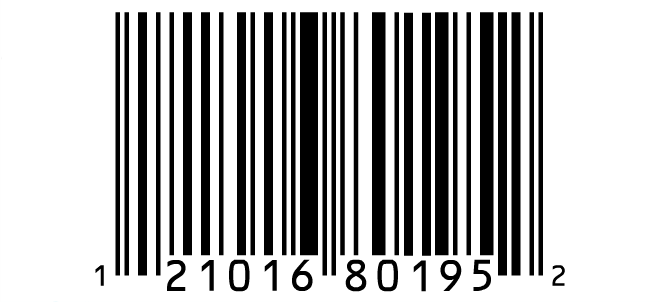Anyone who has seen a barcode knows what they are instinctively. That irregular pattern of thick and thin lines across the back of a product or on a label is hard to mistake for anything else. With the advent of the app store and 2D barcodes that could be simply and easily scanned via a smartphone, we now have a second addition to our knowledge of barcodes, that of a barcode in two dimensions. Although it doesn’t seem like a significant difference, this simple change between 1D and 2D barcodes means a whole lot more information can be stored. Companies such as Shopify sell barcode printers and scanners for use in private business. It’s already known that investing in a barcode system can be good for your business, but who came up with the idea for barcodes anyway?
The History of the 1D Barcode
When computers were first developed, the only way they could read anything from user input was either from punched cards or from manual user input. As technology progressed, humans realized computers were a lot more versatile in what they could do if only they could speed up the data entry process and narrow the window for data entry errors. Sadly, punched cards still suffered from the errors of data entry because they depended on human operators to punch the cards. The first attempt at making a machine readable code on a product was met with failure. Computers don’t have the same type of pattern recognition thinking that humans do, so recognizing a pattern and associating it with something would only work if the pattern was static. That simply wouldn’t work if the code was supposed to be used for hundreds of thousands of items. Eventually, it was discovered that if the code was changed from a pattern to a series of alternating black and white lines, the computer could read it as 1’s and 0’s if a light was shined on it. Since computer language is basically all 1’s and 0’s it made sense to use the input code in that format, and so the 1D barcode was born.
From 1D to 2D
It seems simple enough to consider 1D barcodes because they are what we have been used to from our earliest years when it came to dealing with barcodes. All the tins in the supermarket come with 1D barcodes already embedded in their labels. Recently, with the launch of smartphones, a new type of barcode has started to grow in popularity. The 2D barcode is a square-shaped image that can be read by most smartphone cameras and immediately allows a large amount of information (far more than the 1D barcode can hold) in a single readable code block. They have been recently used as a means of promoting causes and apps across the internet and even offline. Although it hasn’t quite found acceptance with the business world, it is still a very important consideration. If products become more complex in what they want to put on a 1D barcode, then a 2D barcode is the only way to resolve the issue by giving the product more storage space on the medium.
Business Applications
Many businesses are adopting the use of internal 1D barcodes for simple things like inventory management and point of sale pricing. These adoptions are convenient for the customer in a number of ways. They also make the system far more efficient, lowering checkout times and enabling the use of advanced add-ons in order to deal with integration between multiple databases. The incorporation of barcode technology into a small or medium business usually ends with a much more stable and efficient system both for inventory management as well as sales. Checkout times are much reduced thanks to the removal of human error in data entry and the quick and easy availability of prices on the system. Overall, any small or medium enterprise that invests in a barcode system can look forward to having a streamlined business model that integrates all the parts of the business operations into a single, neat entity.
Throughout the years, barcodes have gone from being a niche improvement to spreading out across multiple industries. Now rental companies and even corporate security invests in barcodes in order to make their work easier and their businesses more efficient. The technology that barcodes rely on is relatively inexpensive and it is extremely cost efficient to maintain a barcode system. There is very little that can count against them when it comes to value for money. As an improvement, there are few things a business can do for the same cost that would net them the same amount of value. Considering the overall impact that something like this can have on a small or medium enterprise, it makes you wonder why more companies haven’t invested in barcode systems as a solution as yet. As technology gets cheaper and barcodes get more prevalent, it’s only a matter of time before they are considered a basic part of running a retail business.




